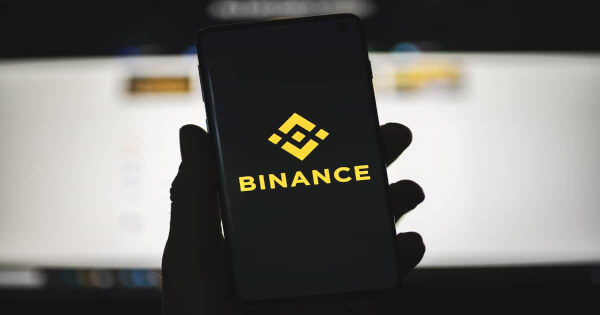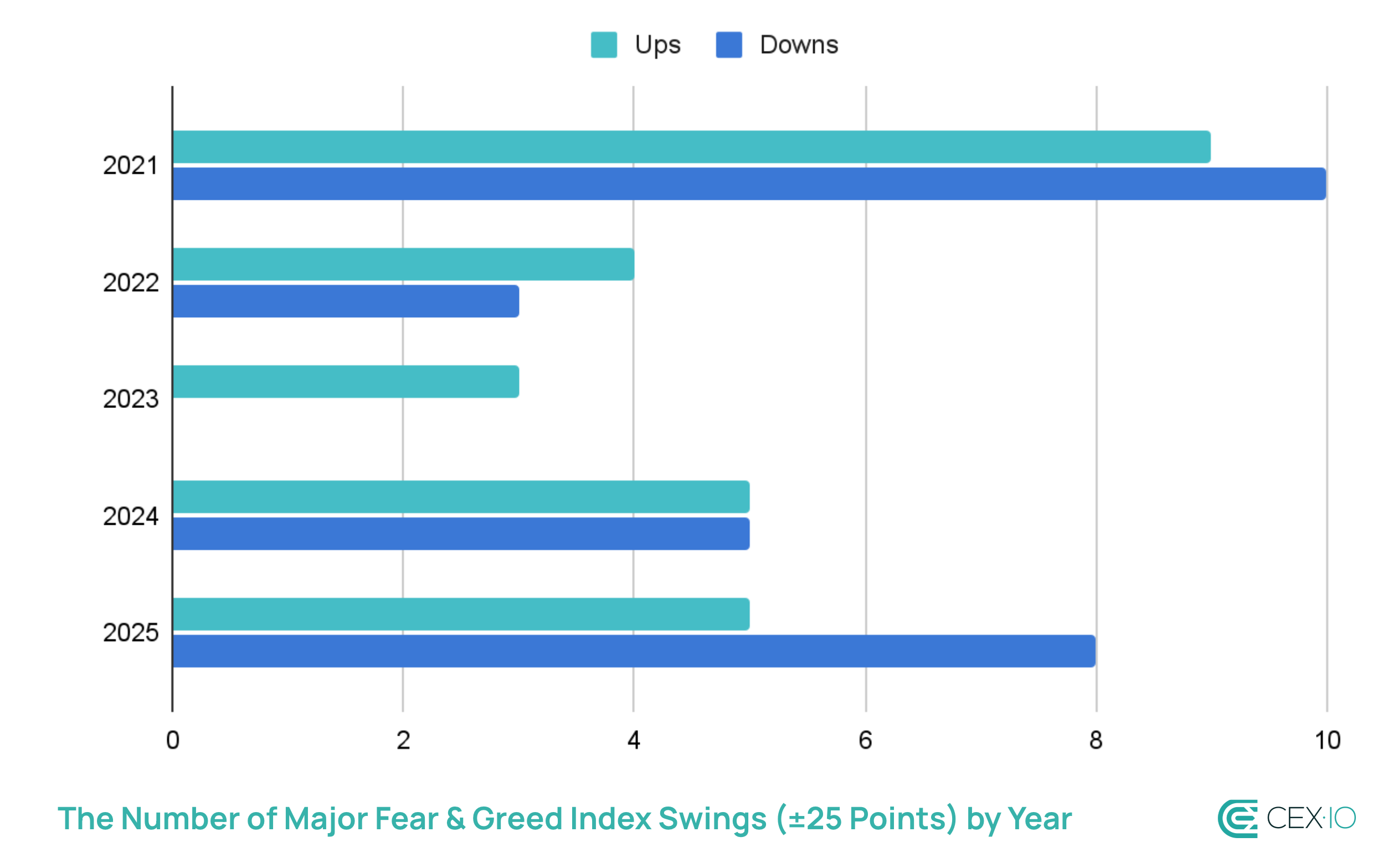
PArSEC — short for “parallelized architecture for scalably executing smart contracts” — runs on the ERC-20 standard, so it could have other applications, too.
The Massachusetts Institute of Technology (MIT) Digital Currency Initiative (DCI) has introduced the experimental PArSEC platform. PArSEC — short for "parallelized architecture for scalably executing smart contracts" — is open source and developed with central bank digital currency (CBDC) in mind.
The developers highlighted the platform’s speed. It performed 118,000 ERC-20 transactions per second on 128 hosts — exceeding public permissionless blockchains, they said. The platform was thus capable of handling cross-border contracting and could be used to innovate supply chains and compliance checks as well.

PArSEC supports ERC-20 tokens, so an automated market maker launched on the platform could transact with such assets as bonds, tokenized securities and repurchase agreements in addition to CBDCs. Because it supports virtual machines, it would simplify interactions between central and commercial banks.
The platform requires “significant” amounts of continuing research, the developers said. They pointed to security, key management and data migration tooling as areas that require refinement. Privacy was also left as an open question.
Related: Standard Chartered, PwC make case for programmable CBDC in China Greater Bay Area
Privacy of CBDCs is a particularly painful point for the crypto community, which is largely opposed to any form of CBDC. Programmability is no less controversial. The PArSEC summary stated:
“We focused on smart contracts because they provide the highest degree of expressivity and functionality to users.”
That functionality is exactly what many in the crypto community object to. Crypto researcher Nikhil Raghuveera wrote in Cointelegraph in April:
“Programmability allows for asset backing and decentralization that is not possible under current CBDC designs. Developers should be taking advantage of the programmable opportunities that stable[coin] assets offer rather than trying to compete with CBDCs.”
Programmability allows restrictions to be placed on the uses of a digital currency, which can be useful in a decentralized finance environment. But it could enable governmental overreach in a CBDC by preventing certain purchases or imposing conditions such as negative interest, opponents argue.
MIT just released PARSEC, our distributed VM runner! We’ve shown PARSEC running the EVM over 100k transactions per second.
— Anders Brownworth (@anders94) August 1, 2023
Web: https://t.co/gUkYvDDeGG
Code: https://t.co/nvcHc3OKEc
PArSEC is the result of research conducted in 2022. It is another product of Project Hamilton, a joint undertaking by the DCI and the Federal Reserve Bank of Boston. Project Hamilton was declared completed in late 2022, shortly after a group of Republicans in the United States House of Representatives wrote to the head of the Boston Fed expressing their reservations about the project.
The Fed has repeatedly stated that it would not introduce a CBDC without a Congressional mandate, but CBDC research by the Fed is continuing.
Collect this article as an NFT to preserve this moment in history and show your support for independent journalism in the crypto space.
Magazine: Are CBDCs kryptonite for crypto?

You can get bonuses upto $100 FREE BONUS when you:
💰 Install these recommended apps:
💲 SocialGood - 100% Crypto Back on Everyday Shopping
💲 xPortal - The DeFi For The Next Billion
💲 CryptoTab Browser - Lightweight, fast, and ready to mine!
💰 Register on these recommended exchanges:
🟡 Binance🟡 Bitfinex🟡 Bitmart🟡 Bittrex🟡 Bitget
🟡 CoinEx🟡 Crypto.com🟡 Gate.io🟡 Huobi🟡 Kucoin.



















Comments